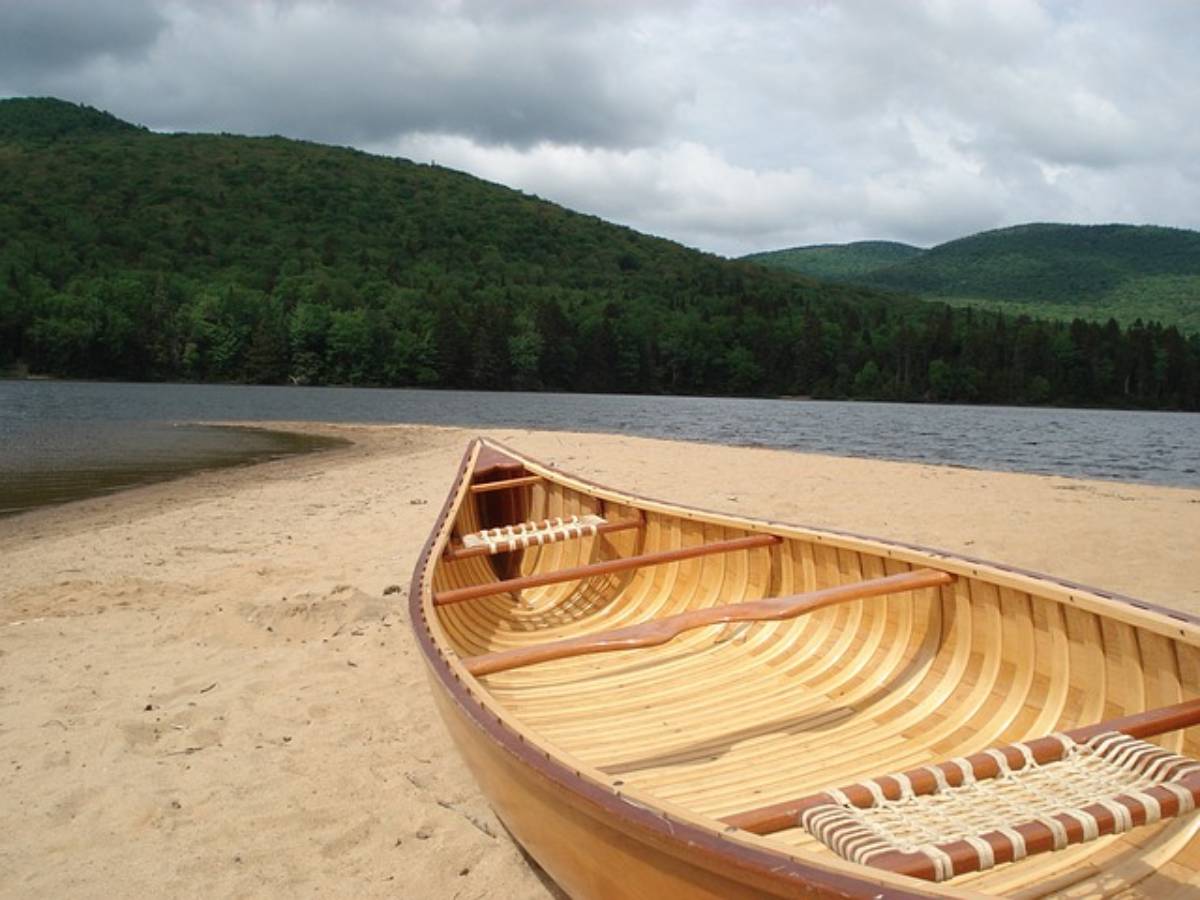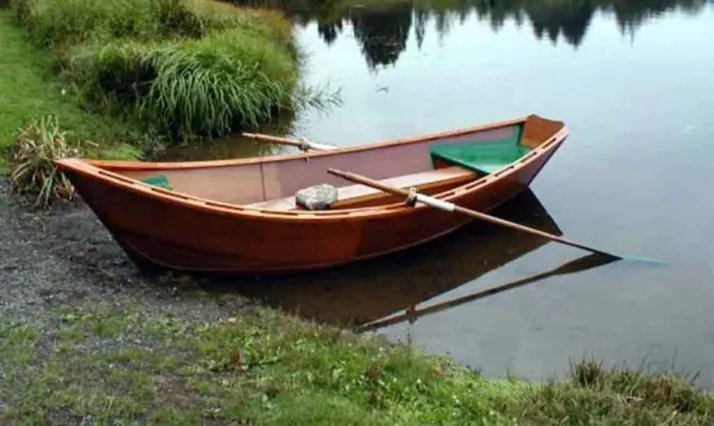 What you carry in your fly fishing vest is important if you want to be successful enough to play, land and release your catch.
What you carry in your fly fishing vest is important if you want to be successful enough to play, land and release your catch.
However, you don’t want to fall into the trap of buying unnecessary fly fishing equipment.
There is some very specific fly fishing gear and tools that you will need for proper presentation, easy access and your personal comfort while fishing.
Here are the basic items that you will want to carry in your fly fishing vest…
Flies – Keep your fly selection simple. You will want to include some dry flies as well as wet flies and nymphs. Dry flies float on the surface of the water, while wet flies submerge. Streamers are another necessity. Streamers are made to imitate leeches, baitfish and other aquatic creatures.
More about wet fly fishing techniques & wet flies.
Fly Box – Most fly fishermen carry more than one fly box in their fly fishing vest. Remember that the fly boxes you carry must match the flies that you plan to use. The best dry fly boxes are the ones that are divided into sections — because they keep your flies organized and prevent damage. Nymph and streamer fly fishing boxes with foam inserts work well.
Split Shot – Split shot is used for sinking nymphs and keeping them close to the bottom. Nymphs should have enough weight on them to make them sink quickly.
Strike Indicator – If you are using a nymph for fly fishing, then a strike indicator is necessary. Strike indicators let you know when you have a strike or when you are snagged. When you use a fly fishing strike indicator, you always know how your nymph is being presented to the fish.
More about using strike indicators when fly fishing.
Floatant for Dry Flies – Dry flies are designed to float on the water’s surface but are made with materials that often absorb water. Therefore, it’s necessary to carry dry fly floatant to treat dry flies prior to casting. Dry fly floatants come in gel, liquid, paste and spray form. Which type you use is personal preference.
Leaders – Keep extra fly fishing leaders in your fly fishing vest – at least 4 packs. The size of leaders that you carry should match your fly fishing rod.
Thermometer – Carry a fly fishing thermometer in your fly fishing vest so you will be able to determine the water temperature. This helps you know what the fish are feeding on and where they will likely be found.
Fly Tying Scissors – Even a pair of nail clippers will make it easy for your to cut your fly fishing leader and tippets when you are changing flies and tying knots. Or, you could purchase a pair of fly tying scissors.
Tippet Spools – You will already know the test and diameter of fly fishing tippet for the local waters in your area. However, if you plan to go fly fishing on a big river (or in areas where you are unfamiliar with the water), then check with a bait and tackle shop in that area to know which tippet spools you should place in your fly fishing vest.
Needle-Nose Pliers – Needle-nose pliers allow you to remove the hook from the fish’s mouth with ease and make catch and release safer.
Fly Line Dressing – In order to keep your fly line pliable, you need to clean and condition it. This allows the line to flow through the guides of your fly fishing rod smoothly and at a greater speed. Use fly line dressing before you begin fishing and after you have rinsed your fly fishing line at the end of the day. This is especially important when fly fishing in salt water.
More about fly fishing in salt water.
Zingers – You will need several zingers attached to your fly fishing vest. Zingers are retractable and allow you to easily access to such things as needle-nose pliers, nail clippers, thermometers and a variety of other small fishing tools.
Bug Repellent – Bug repellent is especially important if you’re fly fishing when black flies, deer flies and mosquitoes are thick in the air.
Fishing Net – A catch and release net should be equipped with a clip that attaches to your fly fishing vest. This keeps it easily accessible for when you hook that big fish!
Photo by bugeaters
I enjoy writing about my life experiences — including the fun times I've had while fishing and enjoying nature. In my fly fishing articles I like to share helpful how-tos to help newbies grasp the most basic concepts of fly fishing.




